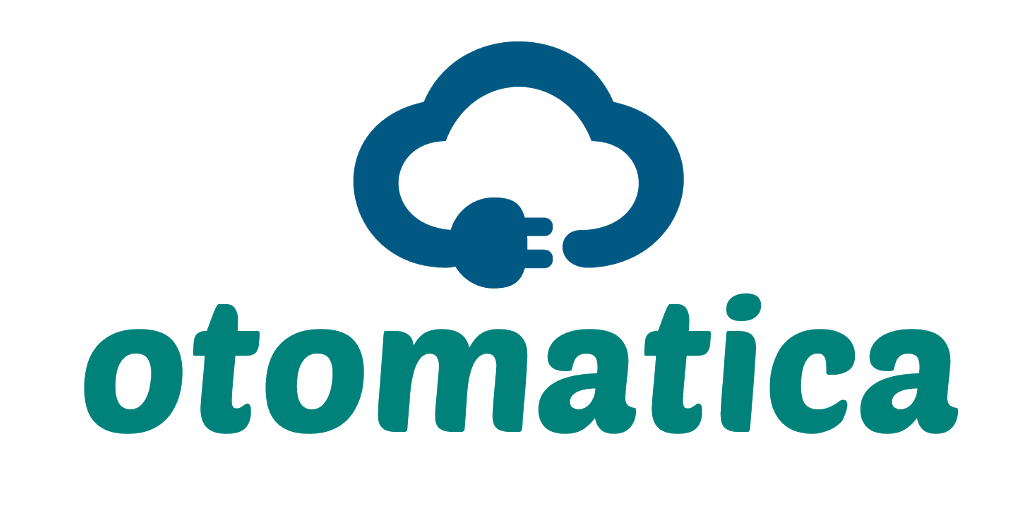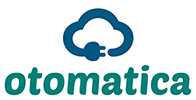Smart Facility
Monitoring
The department in charge of Smart Facility operation has been organized as separate teams from various disciplines and competence levels. These teams carry out their tasks in shifts, with high efficiency and optimum cost by sharing work over a broad area.
As conventional monitoring systems are centralized, they cannot offer monitoring means to teams based on their own responsibilities and functions when these are configured according to electrical, mechanical and weak current systems. For example, while the team in charge of mechanical systems receives information only from the BMS system, the team dealing with electricity only monitors the SCADA (EMS) system and the fire team performs shutdown by only monitoring the fire alarm system. The mechanical team – to query whether the cooling group shutdown was due to electrical reasons -, the electricity team – to know whether UPS bypass is related to room temperature – and the fire team – to make sure whether the fire extinguishing systems are active and powered – either need to work in continuous communication with each other or each team has to be able to access all the systems.
The former will result in overstaffing, as teams will need to support each other whereas the latter will result in decrease in effectiveness as they will be lost in information provided by multiple monitoring systems. Each team requires smart and optimum monitoring systems that are end-to-end lean, capable of controlling with sufficient-necessary data, sufficient to make accurate diagnosis according to received deviation and able to check the effectiveness of corrective actions.
Otomatica has the capability to incorporate each system or equipment used into automation, integrate monitoring systems by generating software solutions under a solid framework and create team-specific monitoring displays.
Any sensor or device that captures or carries any information on the site is converted to abstract software objects via web service and software tools operating under the framework structure using open-source communication protocols (such as SNMP, BACnet, Modbus, SQL, HTTP, MQTT, DNP3, OPC, SSH etc.). The live data received from these objects are sent to the end user through data analysis and rich graphical user interface integrations at top layers. Otomatica uses middleware to program solution-oriented scenarios for devices, PLCs and sensor and designs them to operate optimally.
With abstract models, different brand devices or new devices using various protocols can be easily incorporated into the operating automation architecture and can effectively adapt to the brand-agnostic system.
In addition to monitoring IT or specific devices, Otomatica creates a software-based network architecture that manages the big data traffic resulting from the monitoring, control and management of all existing devices, thereby distinguishing itself from customary automation approaches.


